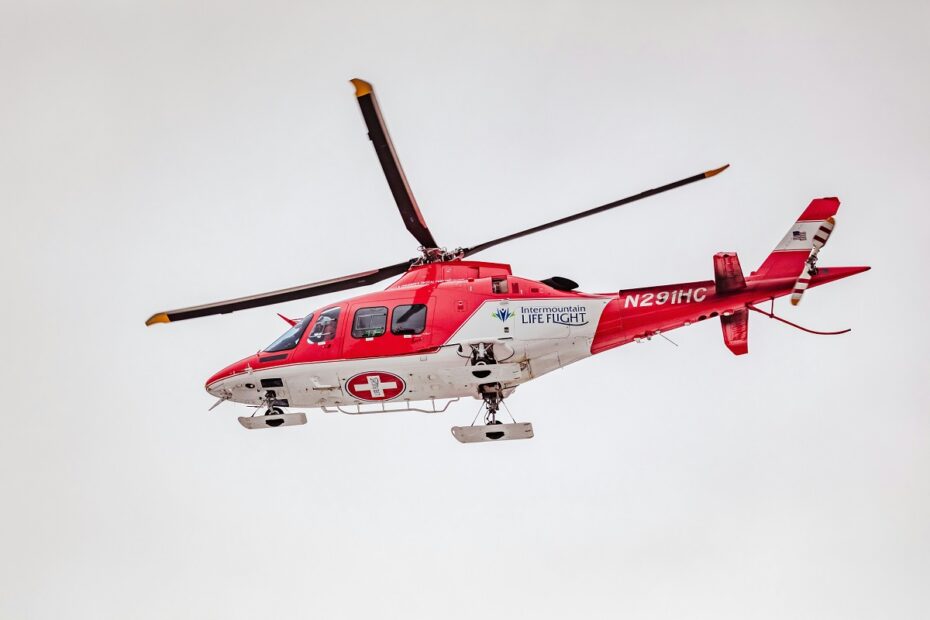For decades, helicopters have been the go-to choice for aerial tasks requiring agility, maneuverability, and vertical takeoff and landing (VTOL) capabilities. But with the rapid advancements in drone technology, a question is taking flight: can drones replace helicopters in certain situations?
The Allure of Drones
Drones offer several advantages over traditional helicopters:
- Cost-Effectiveness: Drones are generally cheaper to manufacture, operate, and maintain compared to helicopters.
- Size and Agility: Their compact size allows them to navigate tight spaces and perform intricate maneuvers inaccessible to helicopters.
- Potential for Autonomy: Drones can be programmed for autonomous flight, reducing risk and pilot workload.
- Rapid Technological Advancements: Battery life, range, and payload capacity of drones are constantly improving, making them more versatile.
Helicopters Hold Their Ground
Despite these advantages, helicopters still have some key strengths that make them irreplaceable in many situations:
- Heavy Lifting Capacity: Helicopters can carry significantly heavier payloads than current drones, making them essential for tasks like construction, firefighting, and transporting personnel or equipment.
- Long-Range Operations: Helicopters typically have a much greater range than drones, allowing them to operate over larger areas or for extended durations.
- All-Weather Capability: Helicopters can often fly in adverse weather conditions that would ground most drones.
- Pilot Control and Precision: A skilled helicopter pilot offers a level of control, precision, and adaptability that is difficult to replicate with current autonomous drone technology.
Finding the Niche: Where Drones Can Shine
While not a complete replacement, drones can effectively take over helicopter roles in specific scenarios:
-
- Search and Rescue: Small, agile drones can reach disaster zones or search for missing people in confined spaces quicker than helicopters. For instance, search and rescue teams after an avalanche might use drones to locate survivors buried under snow. High-Tech Heroes: The Transformative Role of Search and Rescue Drones
- Data Collection and Inspection: Drones equipped with high-resolution cameras and sensors can be used for tasks like aerial photography, infrastructure inspection, or environmental monitoring. Utility companies can deploy drones to inspect power lines for damage or farmers can use them to monitor crop health.
- Delivery Services: For short-range, low-weight deliveries in urban areas, drones offer a faster and more cost-effective solution compared to traditional methods. Companies like Domino’s Pizza are already testing drone delivery services in select cities.
Eco-Friendly Skies: The Environmental Benefits of Drone Delivery in the Shipping Industry
Ethical Considerations and the Job Market Impact
The increasing use of autonomous drones also raises ethical concerns. In search and rescue missions, for example, who is responsible for programming decisions made by a drone? Similarly, surveillance drones raise privacy issues. As drone technology advances, regulations and ethical frameworks will need to be developed to address these concerns.
The job market will also likely be impacted by the growing use of drones. While new drone pilot opportunities will emerge, some helicopter pilot jobs could be affected. However, the full scope of this impact is still uncertain and will depend on the rate of drone adoption and the development of new applications.
The Future of Flight: A Collaborative Approach
The ideal scenario might not be an either/or situation. The future of aerial operations could involve a coordinated effort between drones and helicopters:
- Helicopters for Heavy Lifting and Long-Range Transport
- Drones for Scouting, Data Collection, and Precision Tasks
- Combined Operations for Complex Missions
Conclusion: A Buzzing Partnership
Drones are revolutionizing the way we view aerial operations. While they may not entirely replace helicopters, their agility, affordability, and potential for autonomy make them strong contenders for specific tasks. The future of flight is likely to see a collaborative approach, with both drones and helicopters playing vital roles in various situations.

